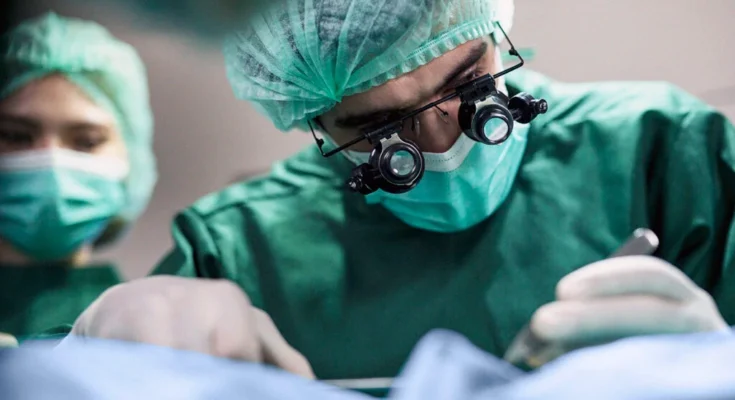In the realm of cosmetic surgery, breast augmentation stands as a pinnacle of transformation, empowering individuals to sculpt their desired silhouette and enhance their confidence. With advancements in medical technology and evolving societal perceptions of beauty, the landscape of breast augmentation has undergone a remarkable evolution. Let’s delve into the journey of this transformative procedure, exploring its history, modern techniques, and the profound impact it has on individuals’ lives.
Understanding the Evolution:
Breast augmentation has a rich history dating back to the early 20th century when surgeons experimented with various materials to enhance breast size and shape. From paraffin injections to silicone injections, the quest for the perfect augmentation method was marked by trial and error, often resulting in adverse effects and complications.
However, the turning point came with the introduction of silicone breast implants in the 1960s, revolutionizing the field of cosmetic surgery. These implants provided a safer and more reliable option for breast augmentation, paving the way for further innovations in surgical techniques and implant materials.
Modern Techniques and Innovations:
Today, breast augmentation procedures are performed using state-of-the-art techniques that prioritize safety, natural-looking results, and patient satisfaction. Surgeons employ a variety of approaches, including:
Silicone and Saline Implants: Breast augmentation now offers a choice between silicone and saline implants, each with its own set of advantages. Silicone implants are known for their natural feel and durability, while saline implants can be adjusted in size during the surgery, offering greater flexibility.
Fat Transfer: An alternative to traditional implants, fat transfer involves harvesting fat from other areas of the body through liposuction and injecting it into the breasts to enhance volume and shape. This technique not only achieves a more natural look and feel but also eliminates the risk of implant-related complications.
Minimal Incision Techniques: Advances in surgical instruments and techniques have led to the development of minimal incision approaches such as the transaxillary and inframammary incisions. These techniques minimize scarring and reduce recovery time, allowing patients to return to their daily activities sooner.
3D Imaging and Simulation: With the advent of 3D imaging technology, patients can now visualize the potential outcomes of breast augmentation before undergoing surgery. This innovative tool enables surgeons to tailor the procedure according to the patient’s aesthetic goals, ensuring a personalized and satisfying experience.
The Impact on Confidence and Self-Esteem:
Beyond the physical transformation, breast augmentation holds the power to significantly impact an individual’s confidence and self-esteem. For many, achieving their desired breast size and shape is a deeply personal journey that transcends cosmetic enhancement. It’s about reclaiming agency over one’s body, embracing self-expression, and fostering a positive self-image.
Research has shown that breast augmentation can lead to improvements in body image, self-esteem, and overall quality of life. By addressing insecurities and enhancing physical attributes, individuals often experience a newfound sense of empowerment and self-assurance, allowing them to navigate life with renewed confidence.
Furthermore, the benefits of breast augmentation extend beyond the individual, influencing interpersonal relationships, professional opportunities, and social interactions. Confident individuals are more likely to exude charisma, assertiveness, and presence, making a lasting impression in both personal and professional spheres.
Embracing Diversity and Inclusivity:
As the field of cosmetic surgery continues to evolve, there is a growing emphasis on diversity, inclusivity, and body positivity. Breast augmentation is not about conforming to a narrow standard of beauty but rather celebrating the diversity of body shapes and sizes. Surgeons are committed to understanding each patient’s unique goals and aspirations, tailoring treatments to enhance their natural beauty while preserving their individuality.
Conclusion:
In the journey of self-discovery and empowerment, breast augmentation stands as a beacon of transformation, offering individuals the opportunity to sculpt their ideal silhouette and embrace their true selves. With its rich history, modern techniques, and profound impact on confidence and self-esteem, breast augmentation continues to redefine beauty standards and empower individuals to live life with unabashed confidence.




